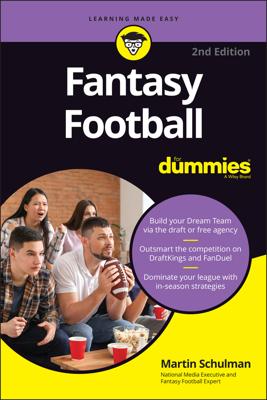Fans often look at offensive linemen and say that they’re out of shape because they have big, round bodies. But that’s the kind of physique most offensive line coaches look for. They don’t want sculpted bodies; they want bulky players like Bill Bain, who played for the Los Angeles Rams in the 1980s, and Cleveland Browns tackle Joe Thomas.
These players have great body mass and great natural strength. If you’ve been carrying 300+ pounds around most of your life, you tend to develop good leg strength and a powerful torso. If you’re a big man, though, you must have quick feet and good athletic ability to play on the offensive line — that way you can move the weight and move people out of the way. That’s what Thomas has.
The perception used to be that you should stick the biggest, least athletic men on the offensive line, but today’s offensive linemen have gone a long way toward shattering that notion. Players like Joe Thomas, Joe Staley, and Ryan Clady range in size from 310 to 325 pounds, and they’re fast, agile, and mean.
Today, offensive linemen fall in two categories:
The big, burly (heavyset) lineman: During the Cowboys’ Super Bowl run from 1992 to 1995, when Emmitt Smith was the best runner in pro football, the Dallas line consisted of this type of lineman. These players imposed their will on their opponents and pounded them repeatedly — considered a power offense. Their style was to beat their opponents into submission. They limited their running plays to maybe five or six; they had those plays and stuck with them.
The power offense is common when a coach believes that his offensive line is bigger and stronger than the opposition’s defensive line. The Cleveland Browns had such an offensive line for Jim Brown. The problem defensive players face against such a powerfully built line isn’t the first running play, or the second running play, but the ninth play and beyond. As a defensive player, you get tired of 300-pound guys hammering at your head.
The smaller, quicker lineman: This type of lineman is light and agile, with the ability to run and block on every play (they call that pulling). This lineman takes more of a surgical approach, slicing and picking the defense apart. The best example of this type of line play is the classic West Coast offense. This scheme involves a lot of angle blocking, which means an offensive lineman rarely blocks the defensive player directly in front of him; he does everything in angles.
The San Francisco 49ers used this finesse offense exclusively while winning four championships in the 1980s. The Denver Broncos won Super Bowl XXXII and XXXIII in 1998 and 1999 with what’s considered by today’s standards to be a small offensive line, with an average size of 290 pounds. The Broncos used a variation of the West Coast offense, which their head coach, Mike Shanahan, incorporated into his offense after serving as the 49ers’ offensive coordinator for three seasons.
The difference between these two offensive line styles is like the difference between heavyweight boxers George Foreman and Muhammad Ali, with the West Coast style being Ali and the power offense style being Foreman. Every one of Foreman’s body punches is magnified by ten — all brute force — whereas Ali works you over like a surgeon, slicing and picking you apart.
What style a team chooses often depends on its quarterback, the size and ability of its offensive linemen, and the coach’s offensive preference. If your quarterback has the ability to escape the rush, the West Coast finesse works fine. If you have an immobile quarterback, you may want Foreman-like blockers who are difficult to get past.

